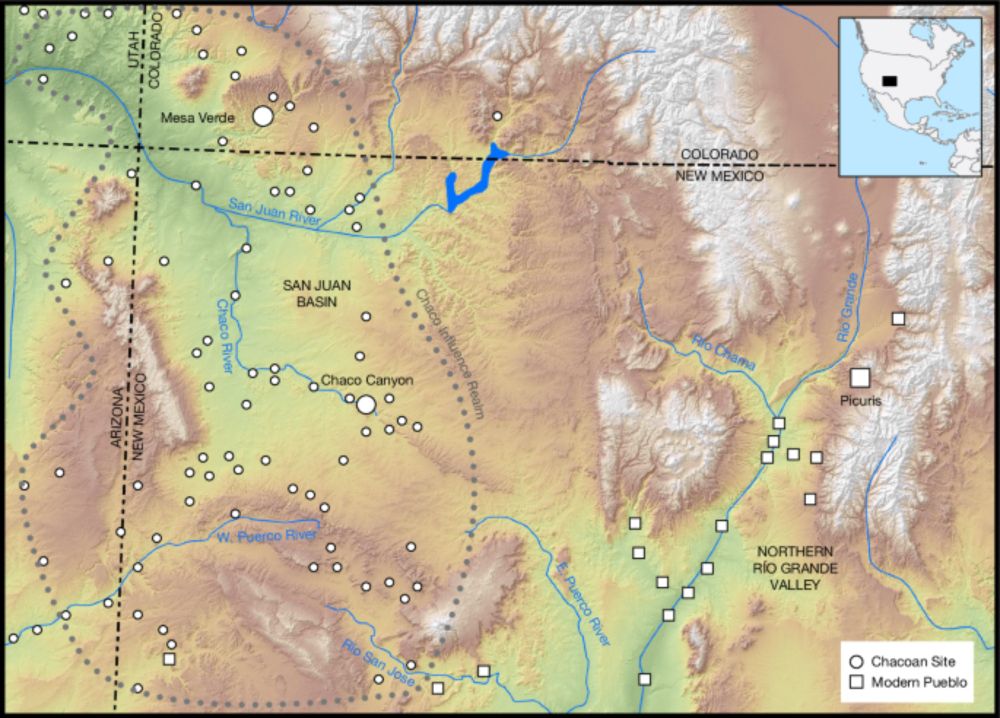Likes: Ancient DNA, Indigenous peoples. Dislikes: Mercator projection.
ybyra is a lightweight, flexible Y-chromosome haplogroup caller. It is faster, easier to tune and more robust than other tools particularly for low-coverage or ancient DNA data. And it has lots of detailed output – including plots!
www.biorxiv.org/content/10.1...

ybyra is a lightweight, flexible Y-chromosome haplogroup caller. It is faster, easier to tune and more robust than other tools particularly for low-coverage or ancient DNA data. And it has lots of detailed output – including plots!
www.biorxiv.org/content/10.1...



https://go.nature.com/4cWV2Os

https://go.nature.com/4cWV2Os
www.nature.com/articles/s41...

www.nature.com/articles/s41...

